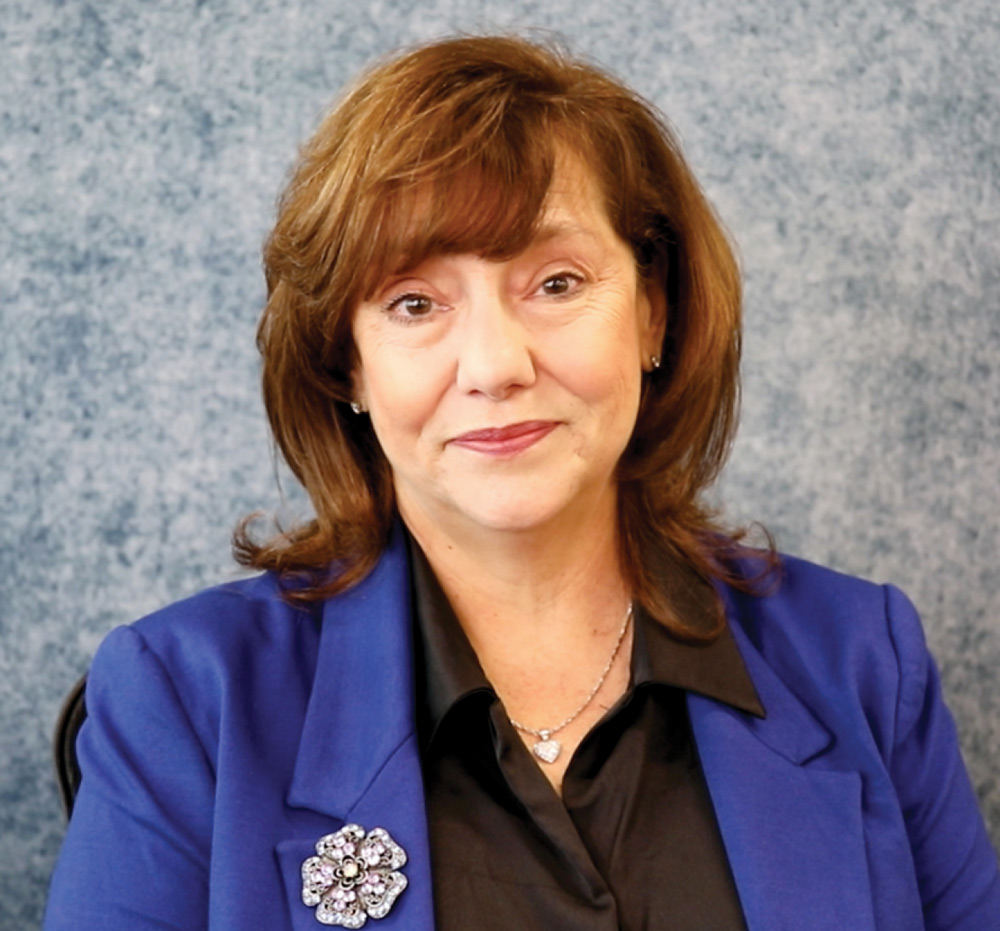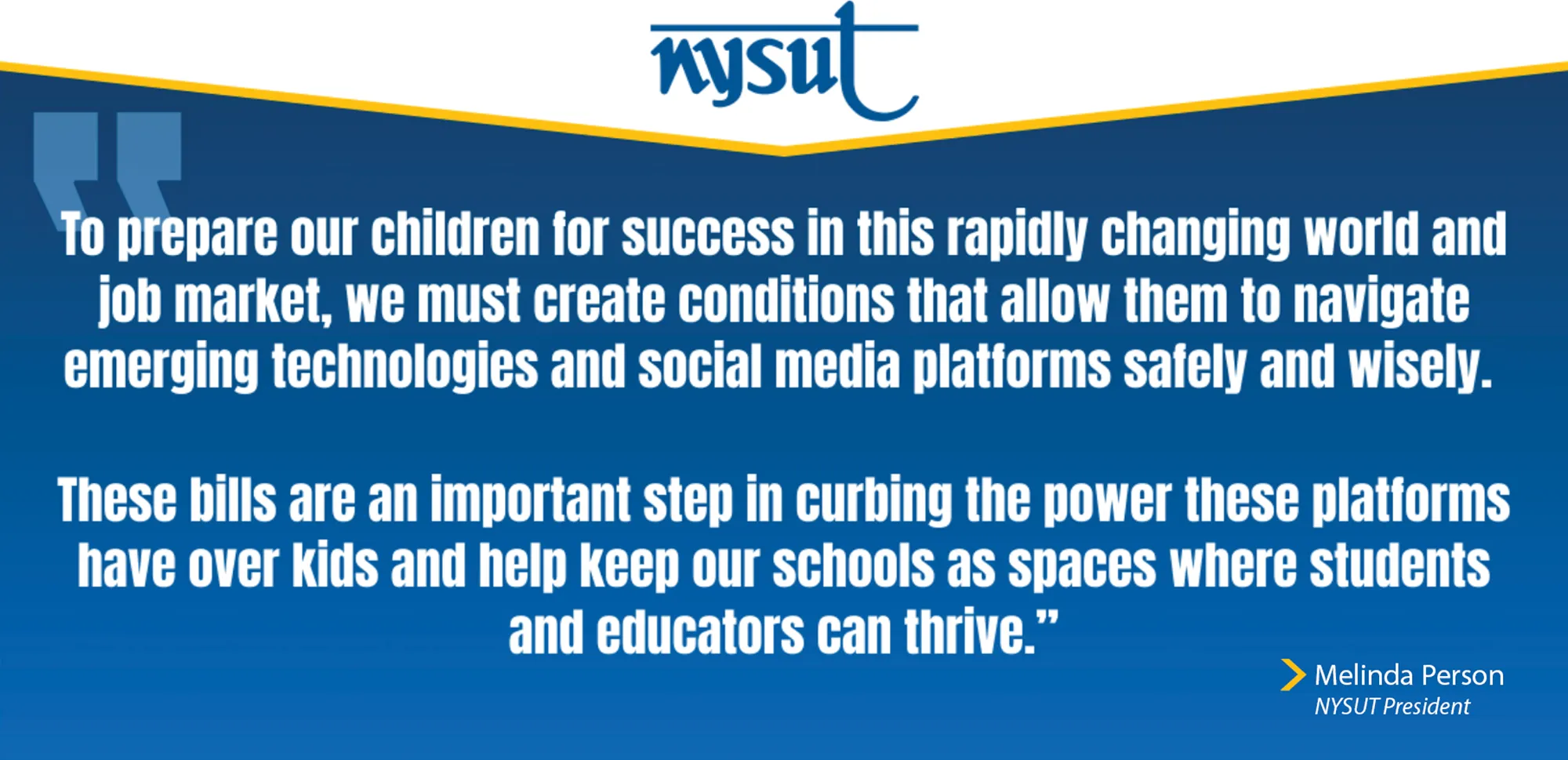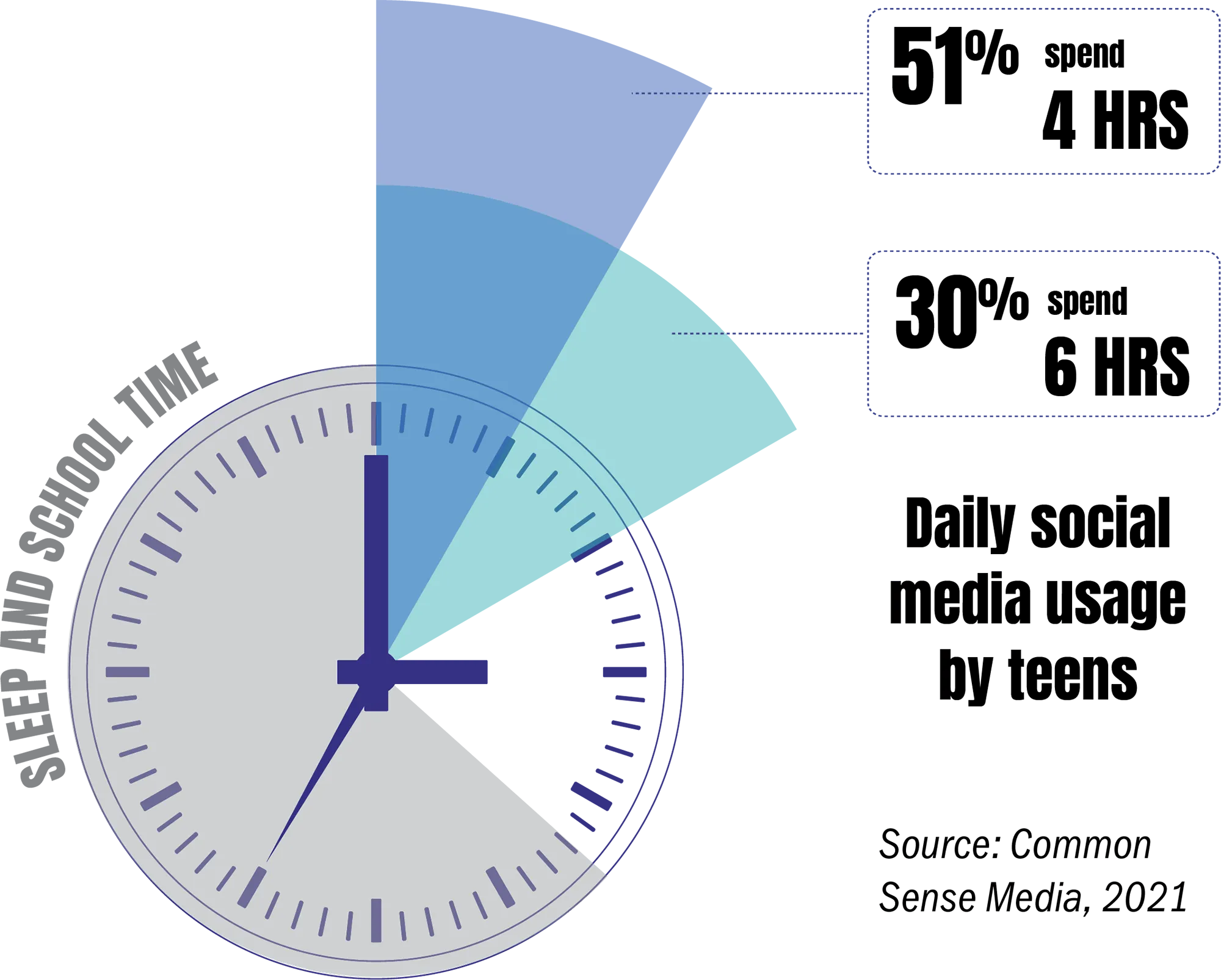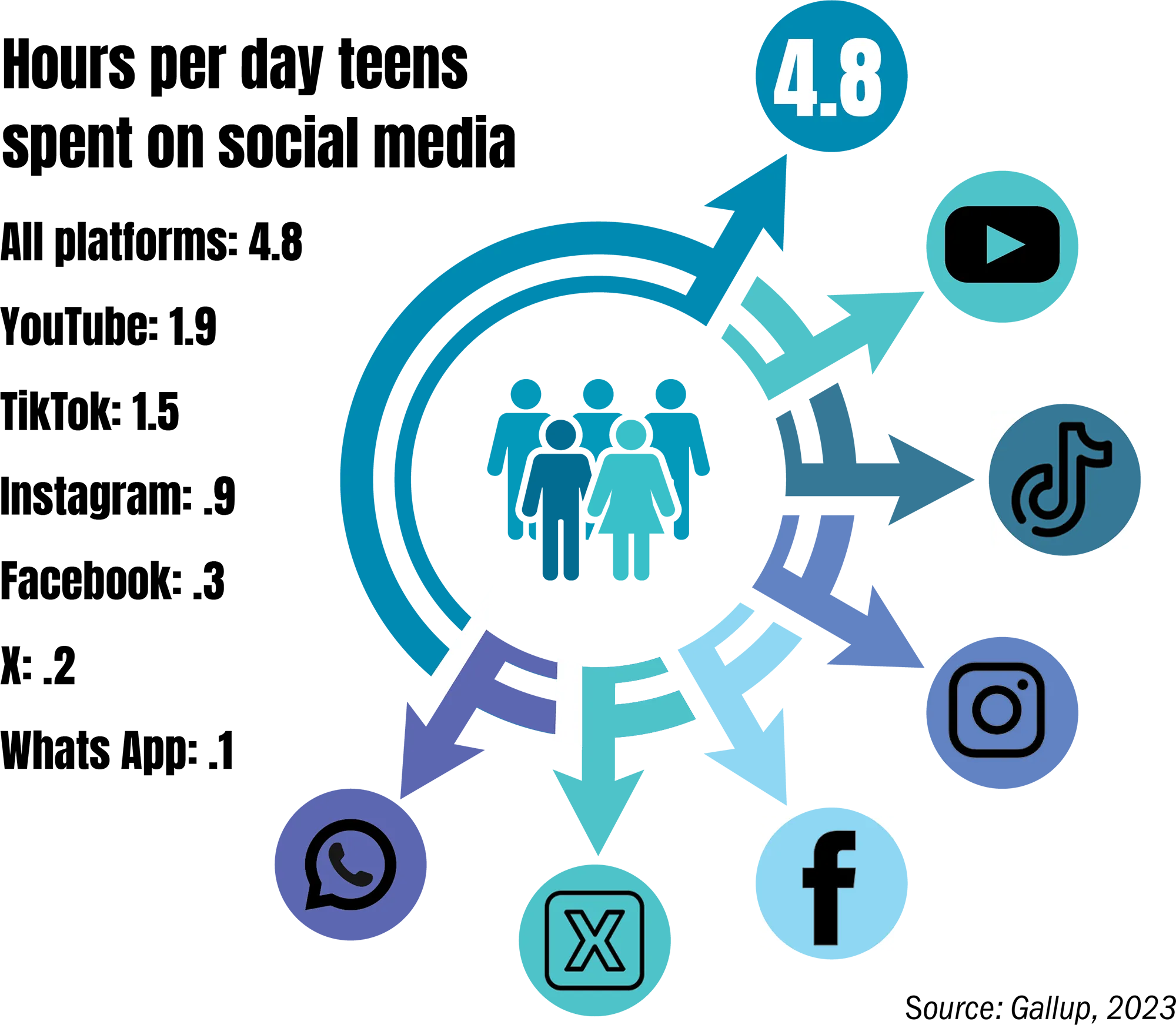
Social media, cellphones take toll on kids’ mental health — educators are fighting back
Disconnected: Social media, cellphones take toll on kids’ mental health — educators are fighting back
igh school social worker Trish Hoyer says social media is a dominating force in her students’ lives, and she’s afraid kids are more disconnected than ever.
“I think that the use of social media platforms is having huge impacts on kids in negative ways,” said Hoyer, a social worker at New Hartford Senior High School and a member of the New Hartford Teachers Association. “Students are spending countless hours up into the night either communicating on social media or scrolling through feeds and that’s having a tremendous effect on their mental health.”
Over the last 15 years of her career, Hoyer has seen big tech make a giant social media-shaped hole in her students’ lives. Teens and tweens, who are more prone to problematic social media use to begin with, are being served up an endless array of toxic and addictive content, and at the same time, their endless scrolling is taking time away from sleep, hobbies and in-person engagement. The result? Her students are experiencing unprecedented levels of anxiety, insecurity and depression.
“We don’t know the long-term effects of social media and cellphone use and what impacts it’s going to have on children’s development,” said Hoyer. “We have to put some guardrails up when it comes to using these platforms.”

Proposed legislation to protect kids from social media
The Stop Addictive Feeds Exploitation (SAFE) for Kids Act (S.7694 Gounardes/A.8148 Rozic) would protect kids by banning social media platforms from offering addictive feeds to anyone under the age of 18 without parental consent. And the New York Child Data Protection Act (S.7695 Gounardes/A.8149 Rozic) prohibits online platforms from collecting, using, sharing or selling personal data of anyone under 18 without informed consent, and anyone under 13 without parental consent. To enhance enforcement, both bills would allow the attorney general to seek damages or civil penalties for any violations.
“In order to prepare our children for success in this rapidly changing world and job market, we must create conditions that allow them to navigate emerging technologies and social media platforms safely and wisely,” said NYSUT President Melinda Person. “These bills are an important step in curbing the power these platforms can have over kids and would help to keep our schools as spaces where both students and educators can thrive.”
Looking at the research
Aside from the opportunity cost — lost time for studies, sleep, in-person socializing — what are the other problematic aspects of habitual media use?
A new research brief from the Institute for Family Studies indicates that teens who spend more than five hours a day on social media were 2.5 times more likely to express suicidal thoughts or harm themselves, 2.4 times more likely to hold a negative view of their body and 40 percent more likely to report a lot of sadness the day before.

“Despite social media providing a sense of community for some, a systematic review of more than two dozen studies found that some social media platforms show live depictions of self-harm acts … . Further, these studies found that discussing or showing this content can normalize such behaviors,” the advisory states. “Social media may also perpetuate body dissatisfaction, disordered eating behaviors, social comparison, and low self-esteem, especially among adolescent girls.”
Undoing the damage to students
Social media is taking a toll on their self-esteem, their attention span, even their physical health, she said. Mullady, who works primarily with elementary school students ages 5-11, said that even at that age, it is rare to find a child without some form of online activity, and that all activity is problematized by their age.

Mullady pointed to numerous examples of her own students trying to emulate behavior they saw online that turned out to be inappropriate for real life, including off-color songs, inappropriate disclosures and dangerous challenges. Usually, those students wind up in her office, where she works hard to undo the damage done by social media.
“We want children to believe in Santa Claus, to believe in the Tooth Fairy and the soft magic of childhood,” Mullady said. “Childhood should be a place of peace and love, but it is hard to teach them that when what they are seeing every day is the exact opposite.”
“What do we know about adolescent brains? The neural pathways get wired harder and faster for these kids,” said New Hartford’s Hoyer. “Addictions formed now will be much harder to combat later.”
Hoyer, who works primarily with 10th through 12th graders said that her students can’t conceive of a world without social media. Social media is driving our teens’ social experience, and they are lonelier than ever, Hoyer said.
“The idea that social media keeps us connected is false,” Hoyer said. “In reality, there’s so much isolation. You see it in students, the struggle to interact socially, to resolve conflicts, to read tone and pick up social cues.”
Worse, social media puts a filter over everything that makes everything look shiny and perfect, and teens addictively scrolling through this picture-perfect reality, cannot help but feel deficient. “They recognize there’s a film there, but that doesn’t mean it doesn’t trip them up,” Hoyer said. “They’re very susceptible to comparison.”
Thanks to lax protection policies at Meta, TikTok, YouTube and other platforms, kids are also being exposed to inappropriate content at increasingly younger ages.
“It’s harming an entire generation of kids,” said Mullady.


